Recent research indicates that the increasing frequency and intensity of hurricanes are contributing to the accelerated melting of ice in Greenland. This phenomenon could significantly affect global sea levels and alter climate patterns across the world. Hurricanes, such as the recent Hurricane Isaac, demonstrate how tropical storms can impact regions far beyond their typical reach, including the Arctic.
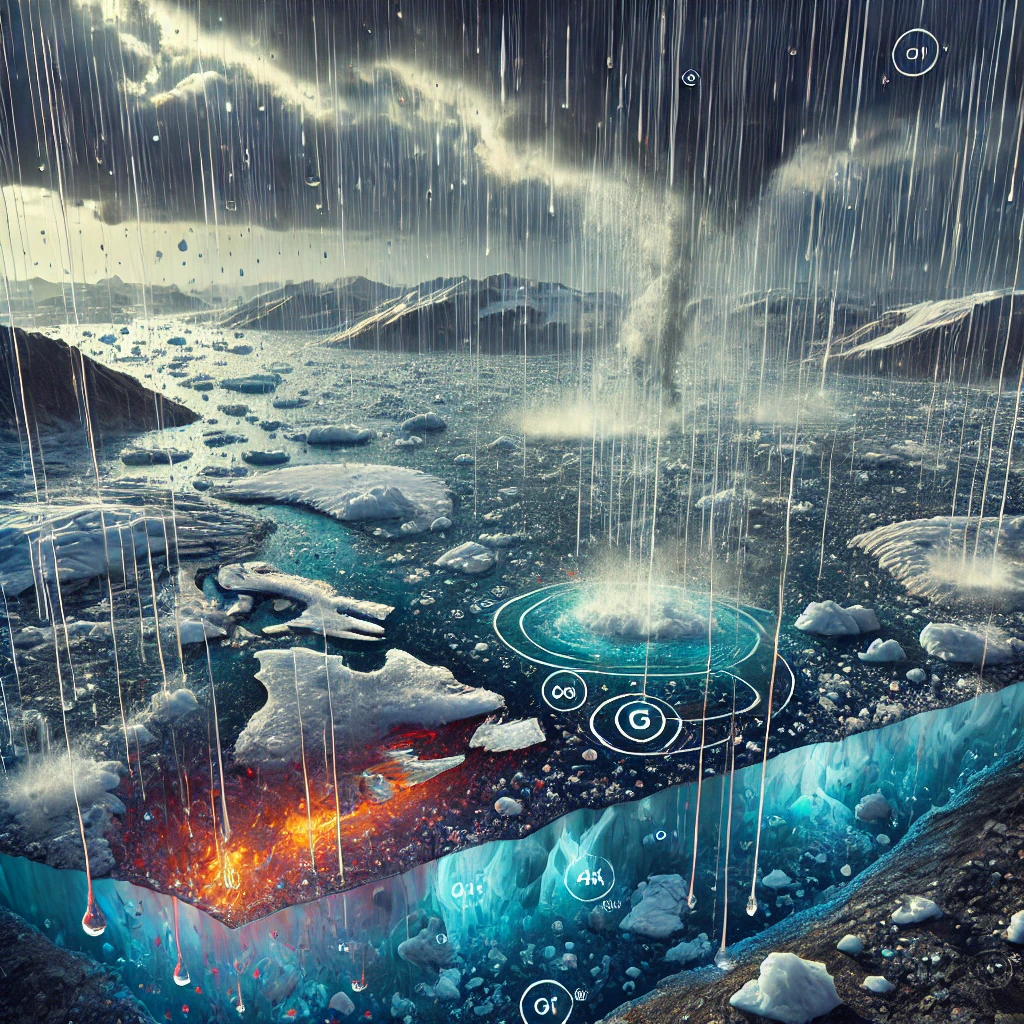
Transporting Warmth to the Arctic
Hurricanes generate vast amounts of heat and moisture in tropical regions, which they carry northwards as they progress. When these warm air masses reach Greenland, they cause local temperatures to rise, directly contributing to the melting of ice. This heat is not only carried in the air but also in the ocean waters, influencing both the atmosphere and the marine environments around Greenland.
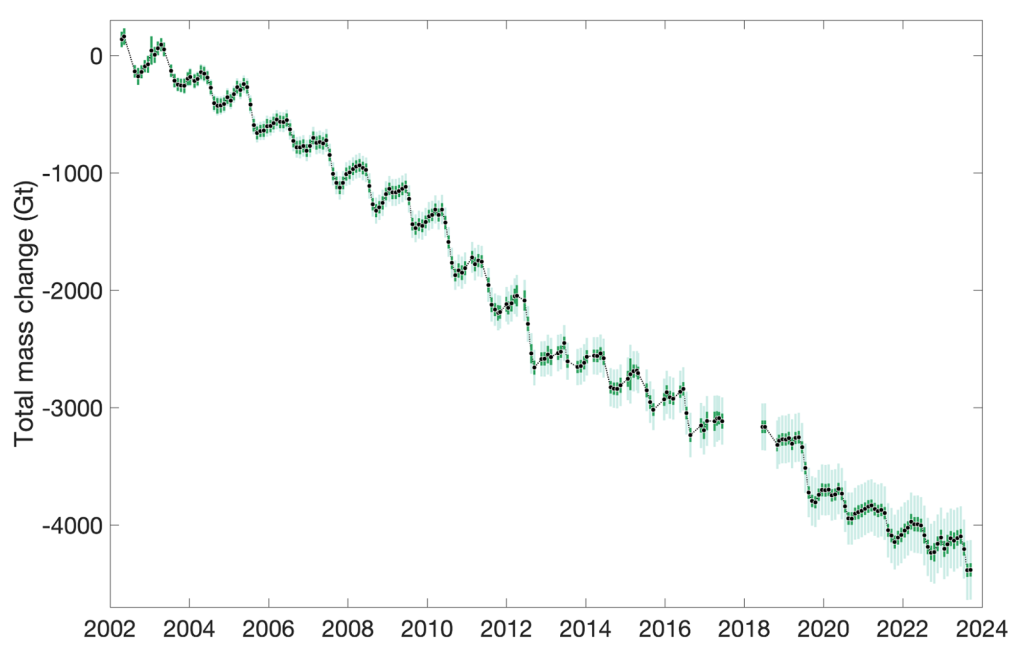
Effects on Ice and Sea Levels
The heat transported by hurricanes increases both the air temperature over the ice and the temperature of the water at the coastlines. This dual influence exacerbates the natural melt processes, speeding up the reduction of ice mass. If Greenland’s ice sheet were to melt entirely, it could lead to a global sea level rise of up to seven meters (about 23 feet), posing catastrophic risks to coastal communities and ecosystems worldwide.
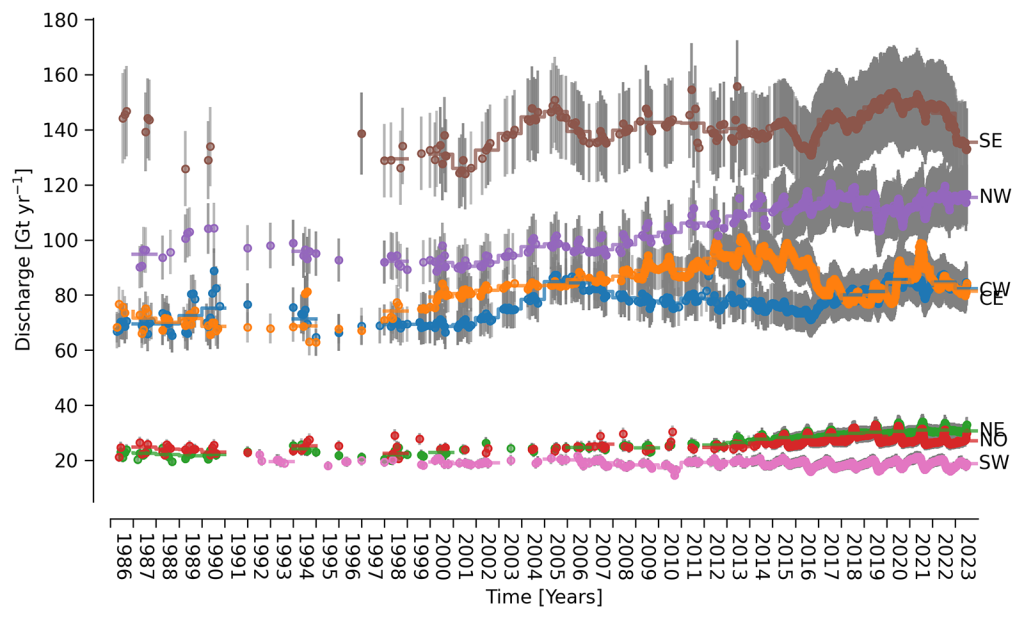
Increased Precipitation and Basal Melting
In addition to warming, the increased precipitation associated with these warm air masses can further accelerate melting. Rainfall on snow and ice reduces their reflectivity, causing them to absorb more solar energy. Moreover, the warmer waters carried by the hurricanes contribute to basal melting—a process by which ice sheets are eroded from below, increasing the likelihood of large chunks breaking off into the ocean.
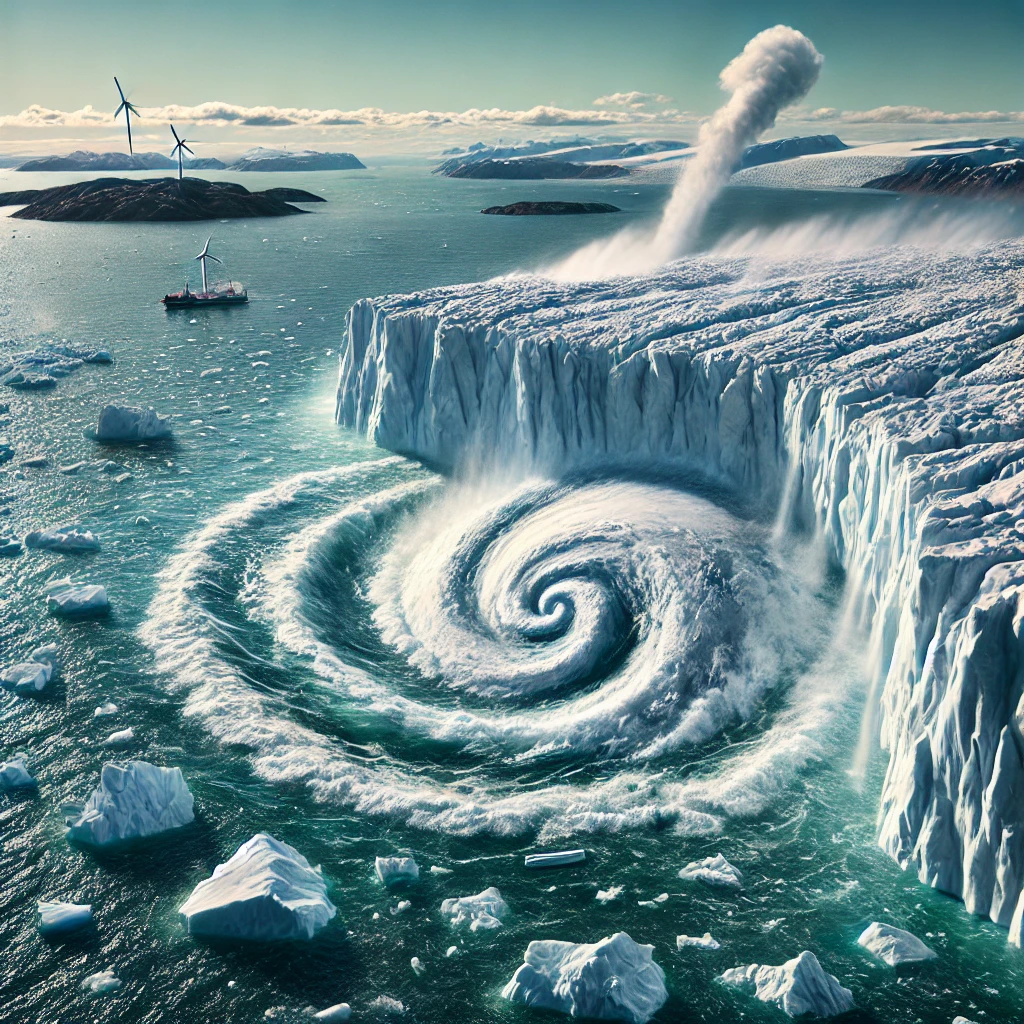
Impact on Ocean Currents
The introduction of fresh water from melting ice into the Atlantic could also disrupt significant ocean currents, such as the Gulf Stream, which are crucial for regulating climate patterns in the North Atlantic region. Disruptions in these currents could lead to more erratic and extreme weather conditions across the northern hemisphere.
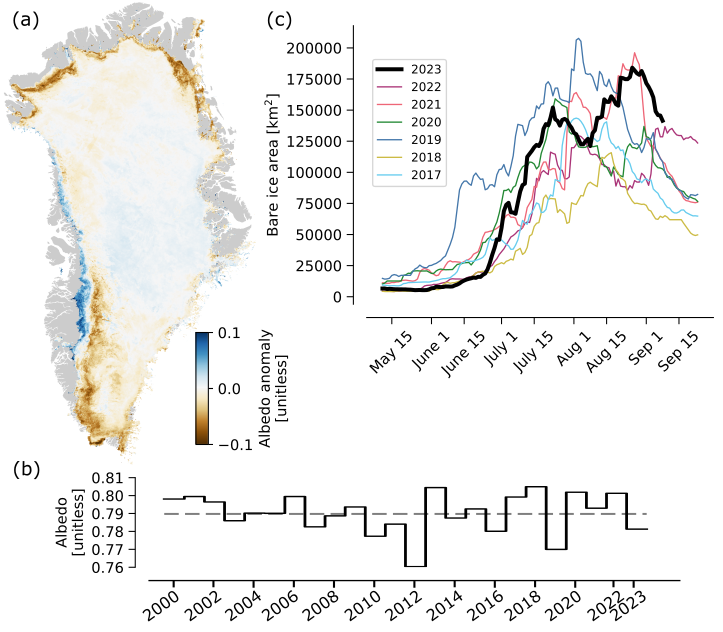
Urgency of Addressing Climate Impacts
The connection between hurricane activity and polar ice melt underscores the need for comprehensive climate models that incorporate the effects of increased storm activity. As global temperatures rise, hurricanes are expected to become more frequent and intense, making their impact on remote regions like the Arctic an urgent area of study.






